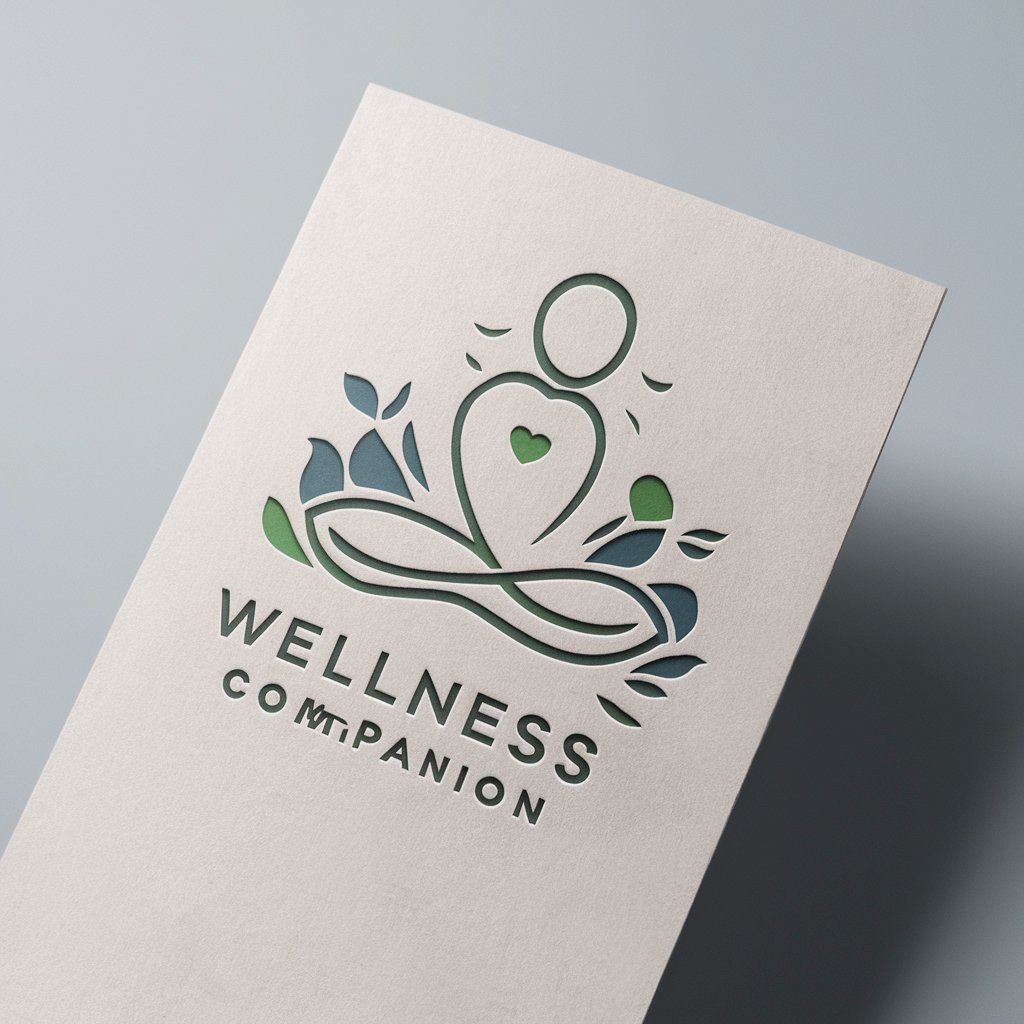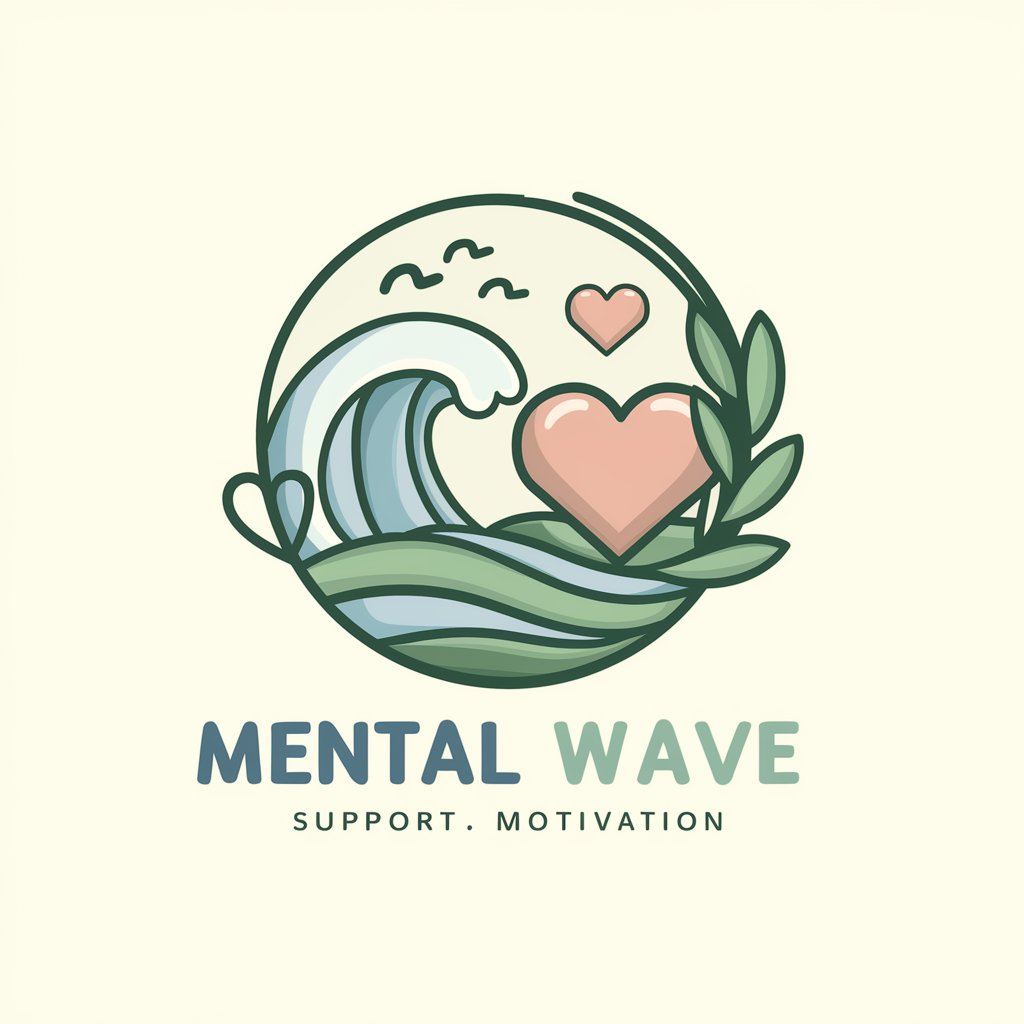
Well-Being Buddy - Well-Being Evaluation Tool
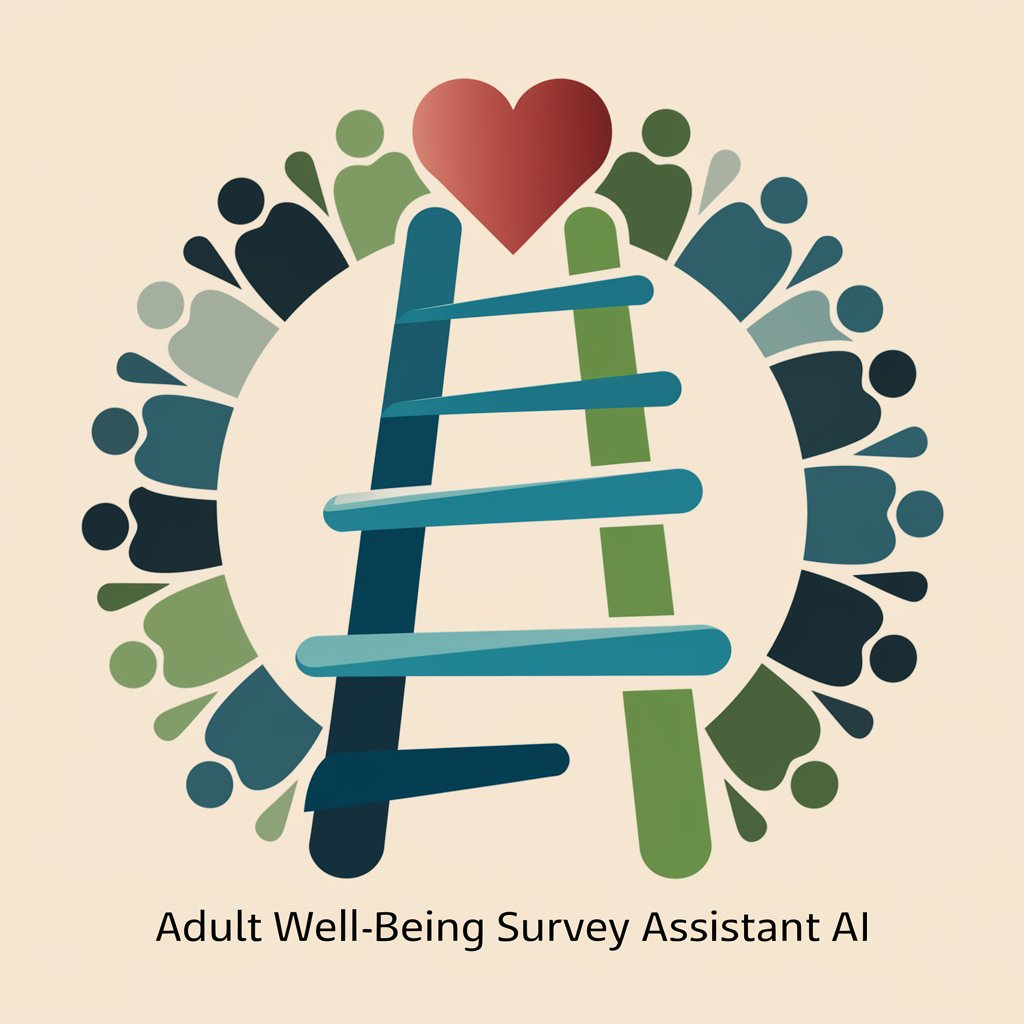
Welcome to the Adult Well-Being Survey Assistant!
Empower your well-being with AI
On a scale from zero to ten, where do you feel you stand in your life currently?
How would you rate your financial situation now and where do you see it in five years?
Describe your current physical and mental health. How often do you feel supported emotionally?
To what extent do you agree with the statement: 'I lead a purposeful and meaningful life'?
Get Embed Code
Overview of Well-Being Buddy
Well-Being Buddy is designed as an Adult Well-Being Survey Assistant, tailored to aid users in assessing their personal well-being through a structured survey. This virtual assistant utilizes the Cantril Ladder, a visual tool depicting a scale from 0 (worst possible life) to 10 (best possible life), to help users evaluate their current life satisfaction and future expectations. It is programmed to assist in filling out survey sections that cover personal and financial well-being, physical and mental health, social support, and life purpose. Example scenario: A nonprofit leader uses Well-Being Buddy to guide members through the survey, ensuring accurate completion and understanding of each section, ultimately aiming to enhance organizational interventions based on the collected data. Powered by ChatGPT-4o。

Core Functions of Well-Being Buddy
Guidance on Cantril Ladder
Example
A user is uncertain about their current life satisfaction level. Well-Being Buddy explains the significance of each ladder rung, aiding the user in accurately placing themselves on the scale based on personal reflection.
Scenario
During a workshop, a social innovator uses Well-Being Buddy to facilitate a group discussion where participants share and explain their ladder positions, fostering group insight into collective and individual well-being.
Survey Assistance
Example
A user completes sections on physical health and social support. Well-Being Buddy provides clarifications on the terms used in the survey and explains how to consider the frequency of emotional support received when answering.
Scenario
In a community center setting, a professional leads a session using Well-Being Buddy to help elderly participants understand and answer survey questions, which informs the center's future programming and support services.
Data Interpretation
Example
After a user completes the survey, Well-Being Buddy summarizes the results, categorizing the user's overall well-being status as thriving, struggling, or surviving, based on their responses.
Scenario
A nonprofit uses the aggregated data provided by Well-Being Buddy to identify trends and needs among its service population, aiding in the development of targeted interventions for those identified as struggling.
Target User Groups for Well-Being Buddy
Nonprofit Leaders
These users can utilize Well-Being Buddy to monitor and enhance the well-being of their teams and beneficiaries. The tool helps in collecting vital data that can inform program development and impact assessments.
Social Innovators
Social innovators can leverage the tool to gather insights into community well-being, thereby tailoring innovative solutions and interventions that address specific societal needs and improve quality of life.
Health and Wellness Professionals
These professionals can use Well-Being Buddy to assess client well-being and recovery progress, integrating this tool into therapeutic or counseling sessions to better understand and support their clients’ well-being journeys.

Guide to Using Well-Being Buddy
Step 1
Visit yeschat.ai for a complimentary trial without any login requirements; a subscription to ChatGPT Plus is not necessary.
Step 2
Navigate to the 'Well-Being Buddy' section to access the Adult Well-Being Survey.
Step 3
Begin the survey by using the Cantril Ladder to evaluate your current life satisfaction and future expectations.
Step 4
Answer the survey questions regarding physical and mental health, social support, and life purpose.
Step 5
Review your survey results to better understand your well-being status and explore actionable insights.
Try other advanced and practical GPTs
Mindfullness and Well-being
Empowering mindfulness with AI

Well-Being Guide
Empowering your journey to wellness
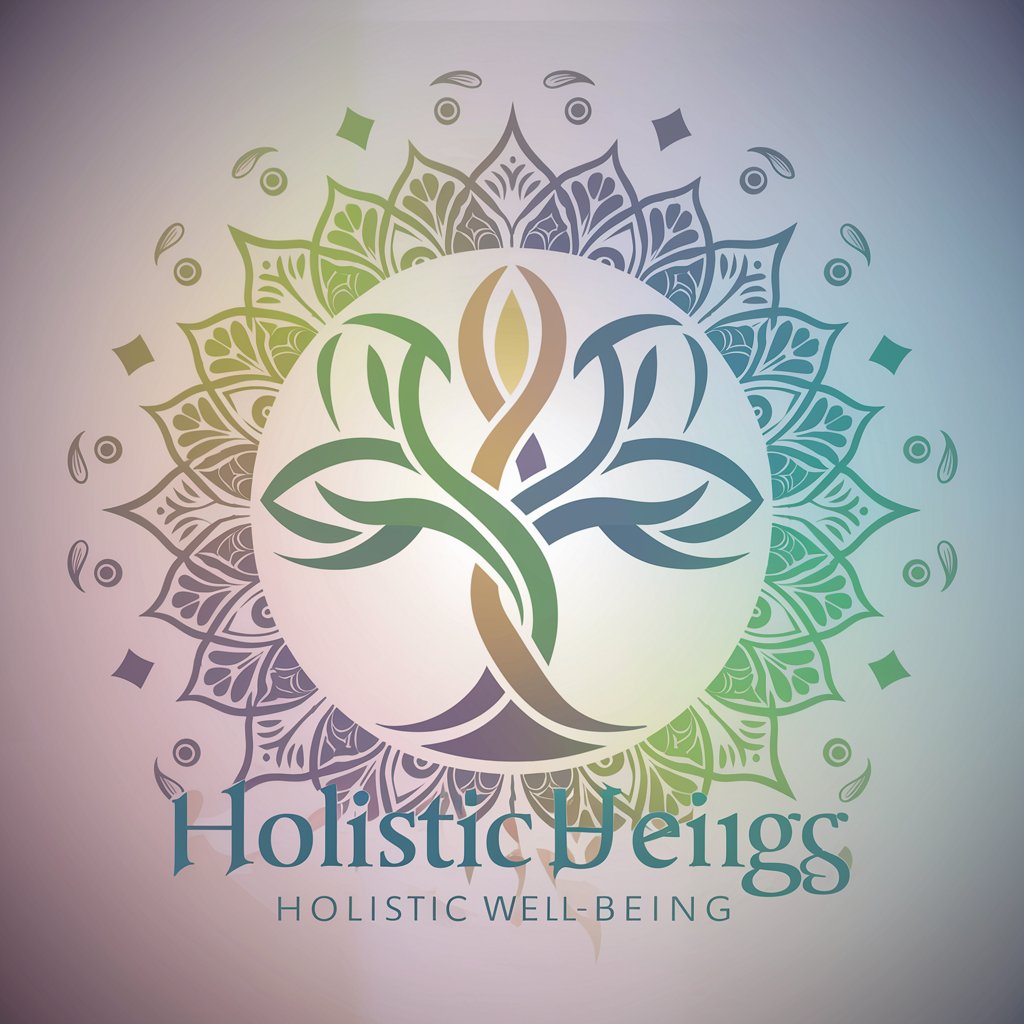
Am I Being Scammed
Detect Scams Instantly with AI

Rights of Being Compiler
Harnessing AI to Explore and Expand Rights
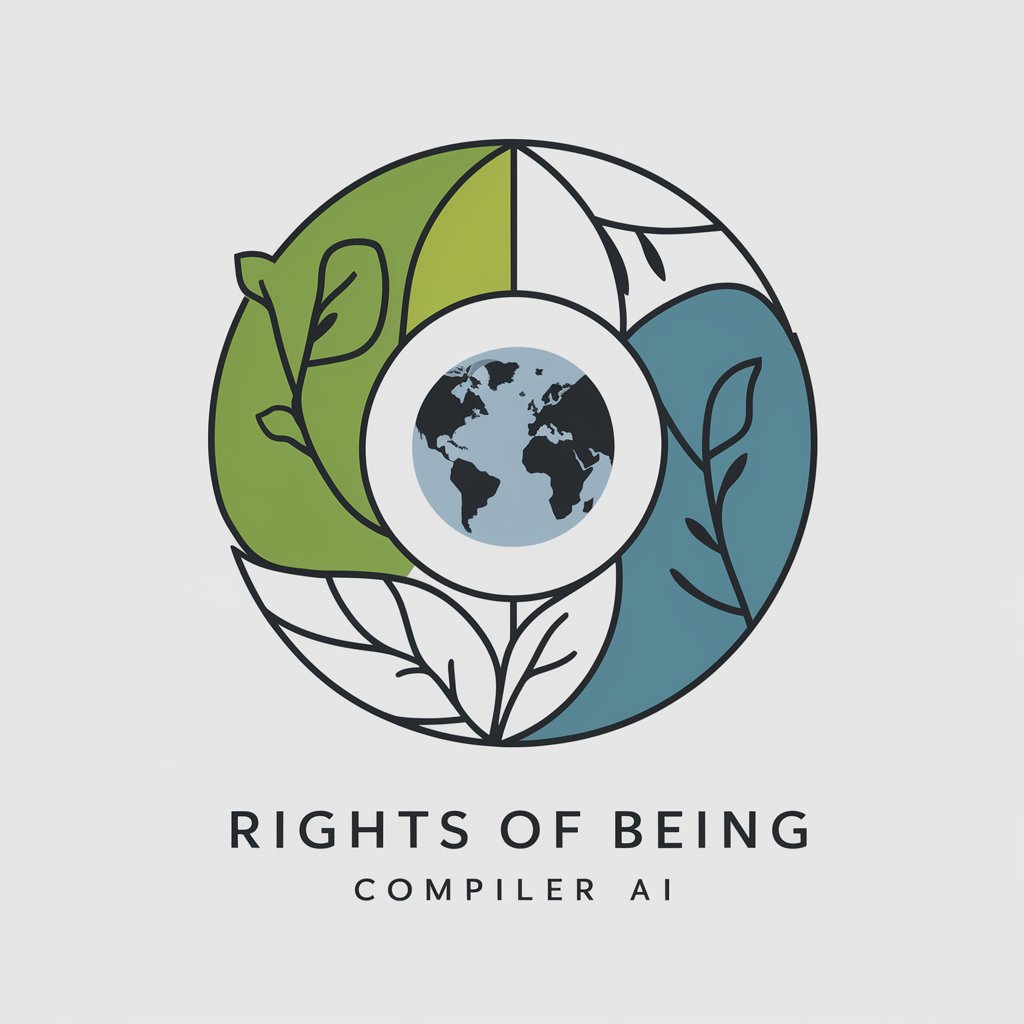
Mediation & Conflict Resolution Facilitator
Smarter Conflict Resolution, Powered by AI
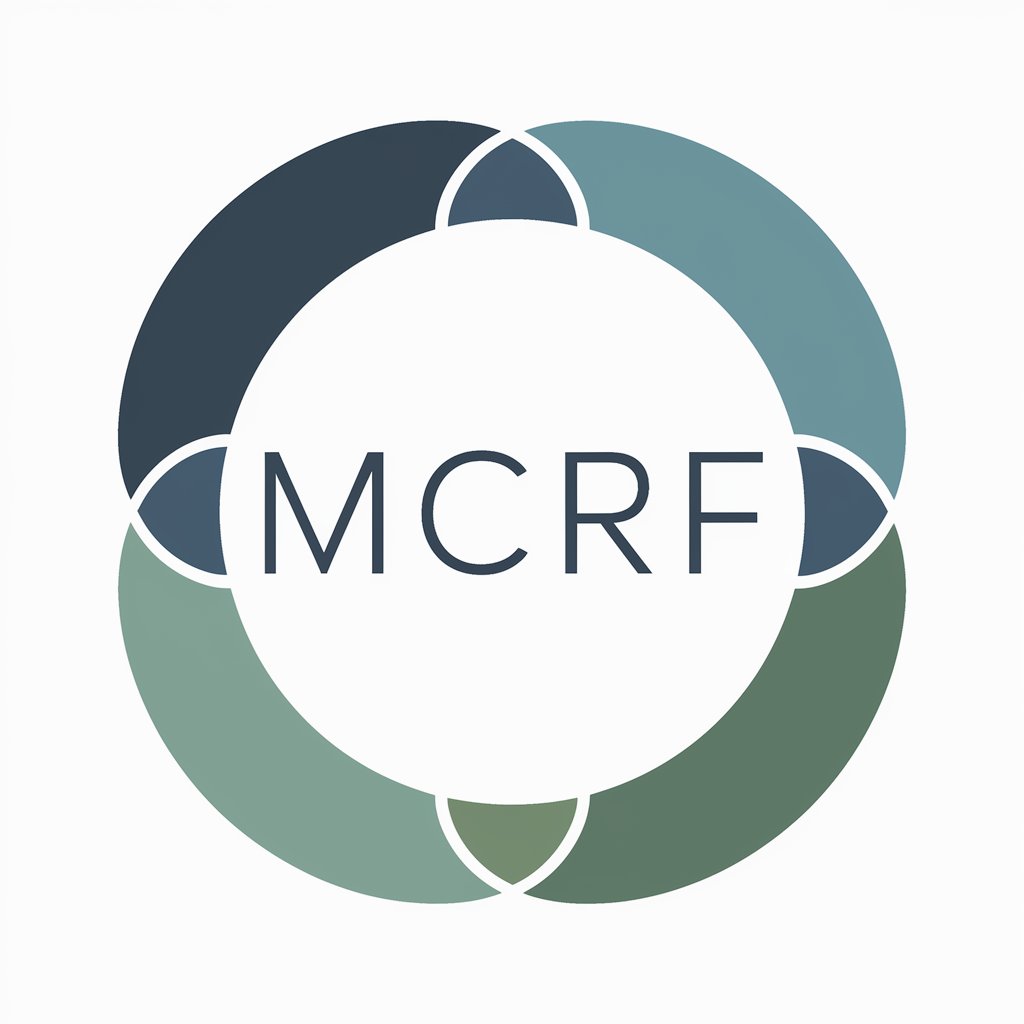
Product Picture Generator
Transform Your Product Photos with AI

Being Awake
Empower your mind, AI-driven mindfulness
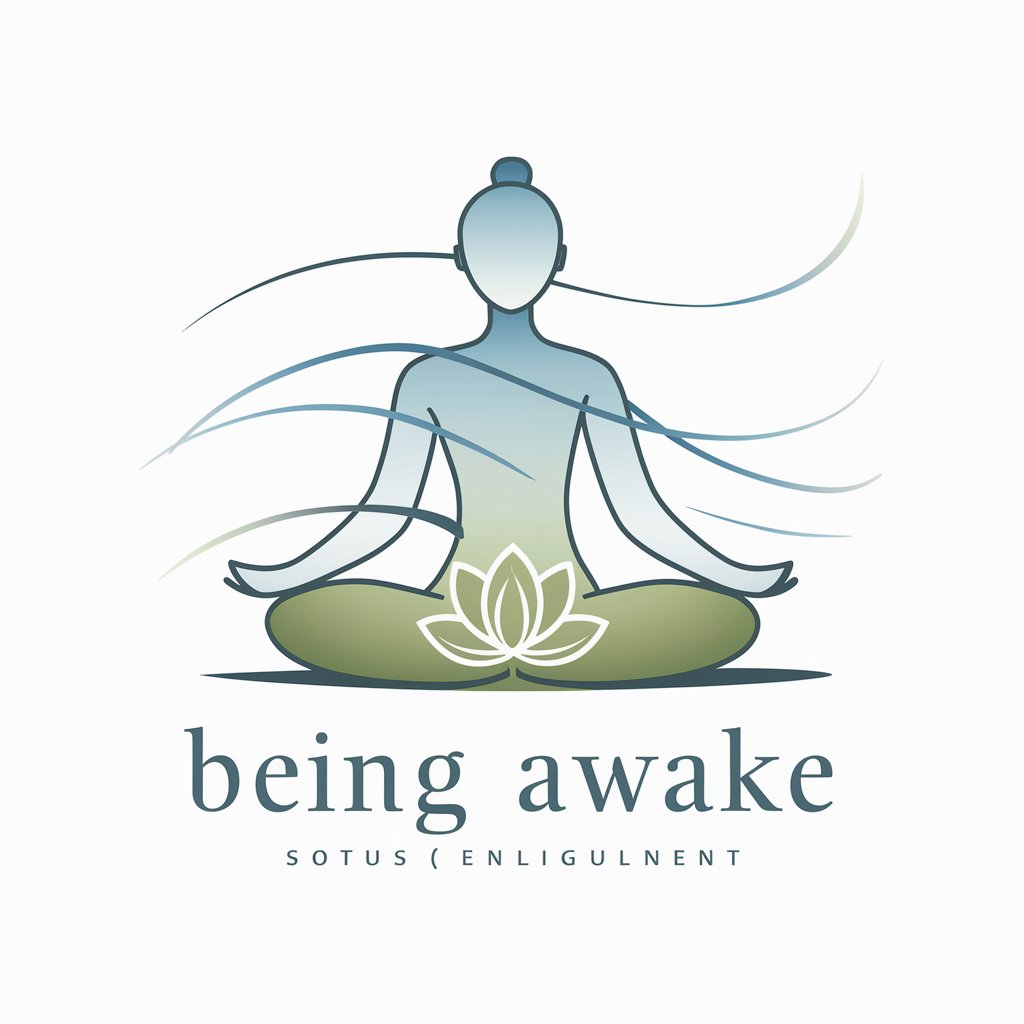
楽天ガイド
Empower your Rakuten sales with AI

Employee Policy Portal
Empower Your Workforce with AI-Powered Insights
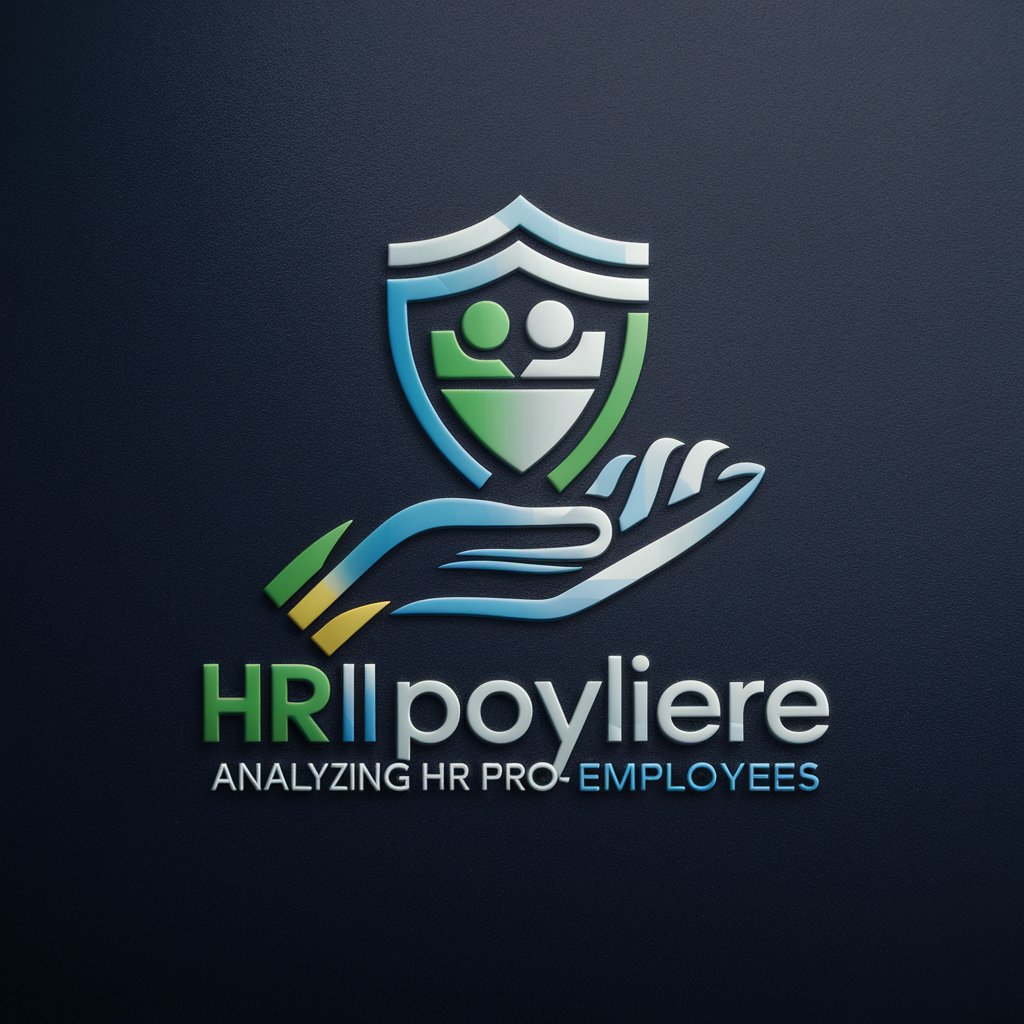
Coding for pipeline of Non-Ref transposon detect
Decipher genomic secrets with AI-driven transposon detection.
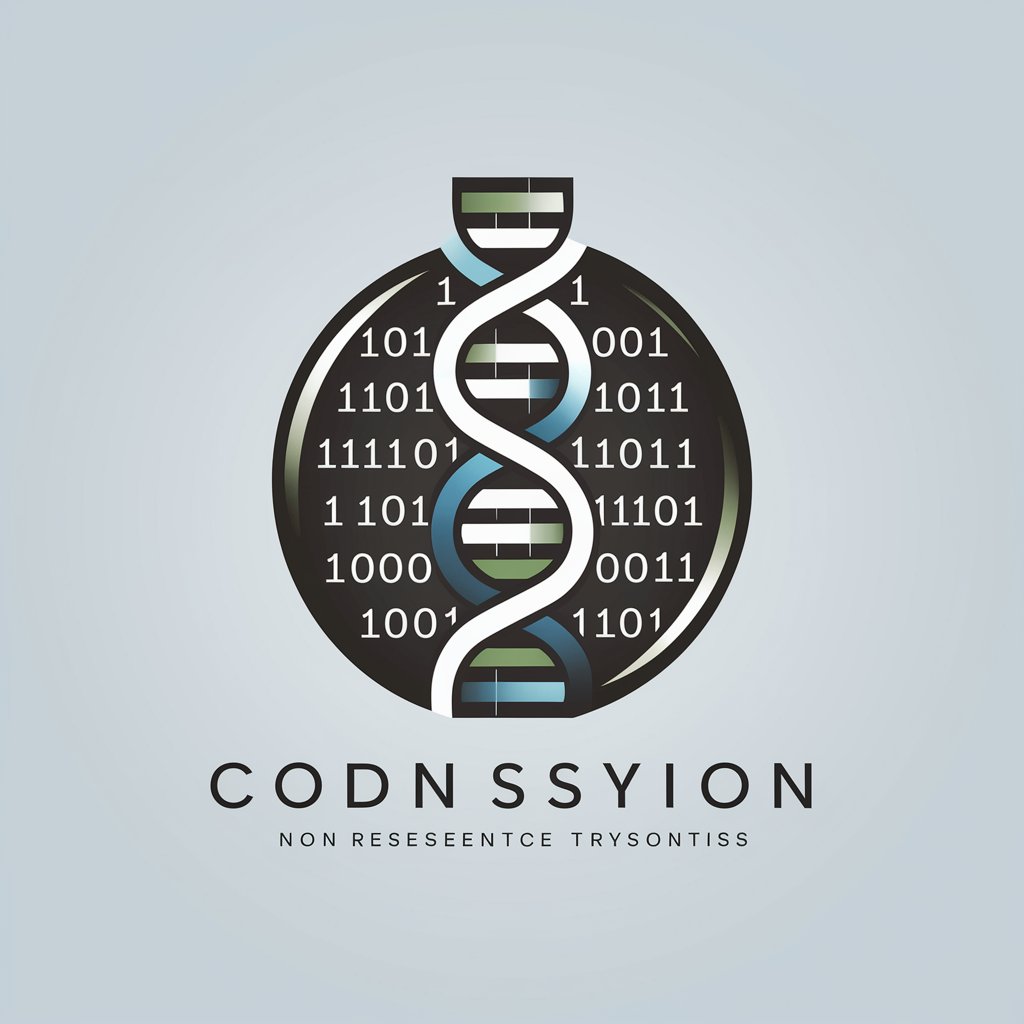
DetectJob
Unveil the Truth with AI

News Article Bias Detector
Uncover bias with AI-powered analysis

Frequently Asked Questions About Well-Being Buddy
What is the Cantril Ladder used in Well-Being Buddy?
The Cantril Ladder is a visual scale from 0 to 10 used to measure personal well-being. Zero represents the worst possible life and ten represents the best possible life. Users are asked to place their current and future life satisfaction on this scale.
How can Well-Being Buddy help improve my mental health?
Well-Being Buddy aids in self-assessment of mental health through survey questions that reflect on your emotional and psychological state. The insights from these answers can help you identify areas needing attention or improvement.
Is Well-Being Buddy suitable for professional settings?
Yes, it is designed for nonprofit leaders and social innovators, making it ideal for professional environments where understanding and improving team well-being is crucial.
Can I access Well-Being Buddy on mobile devices?
Yes, the platform is accessible via mobile browsers, allowing users to engage with the tool on-the-go.
What should I do if my survey results indicate low well-being?
While Well-Being Buddy provides an initial assessment, it is recommended to seek professional advice from qualified health or counseling services if your results suggest distress or significant concerns.



